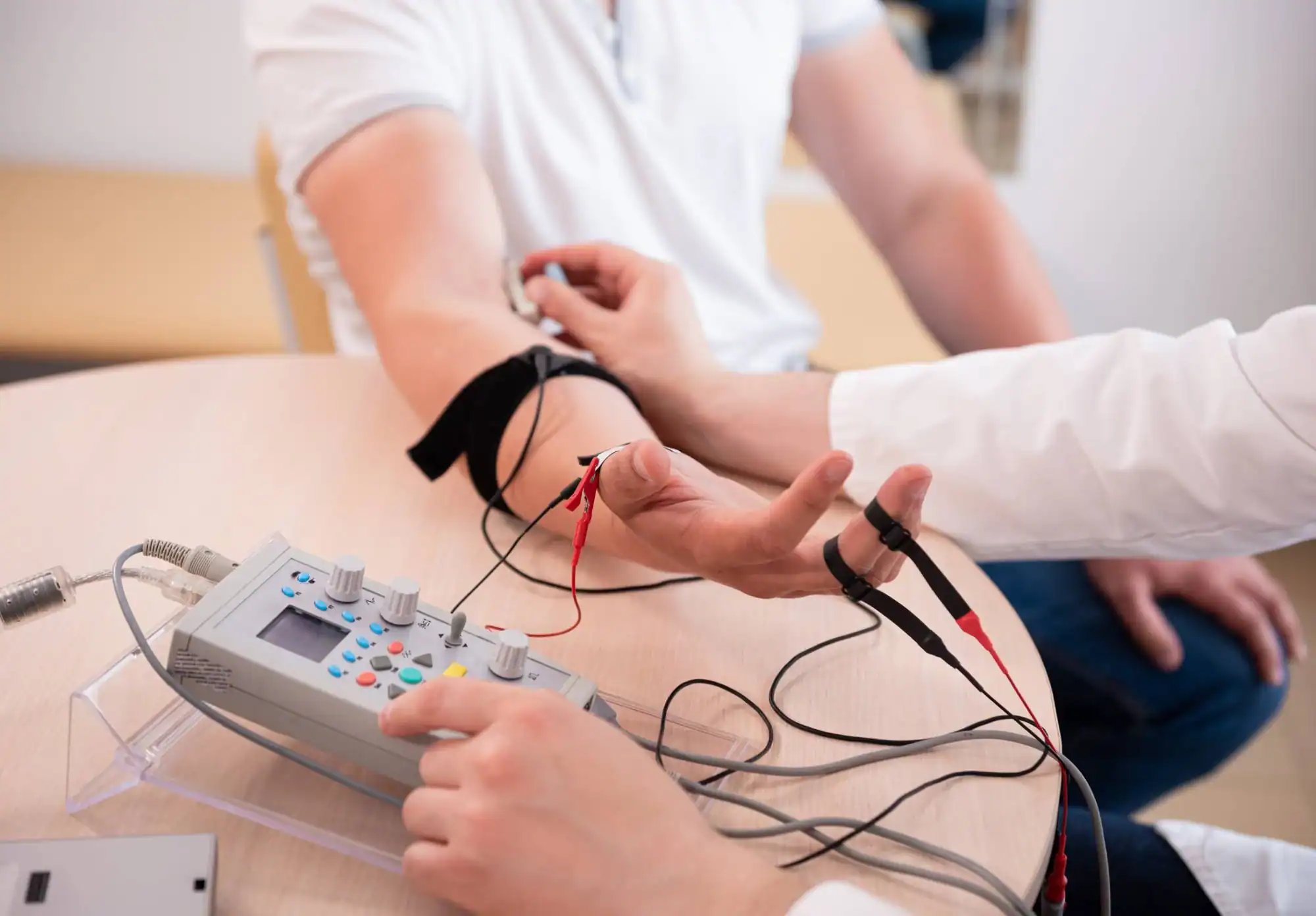Advanced electromyography testing that pinpoints exactly what’s causing your numbness, tingling, or muscle weakness.
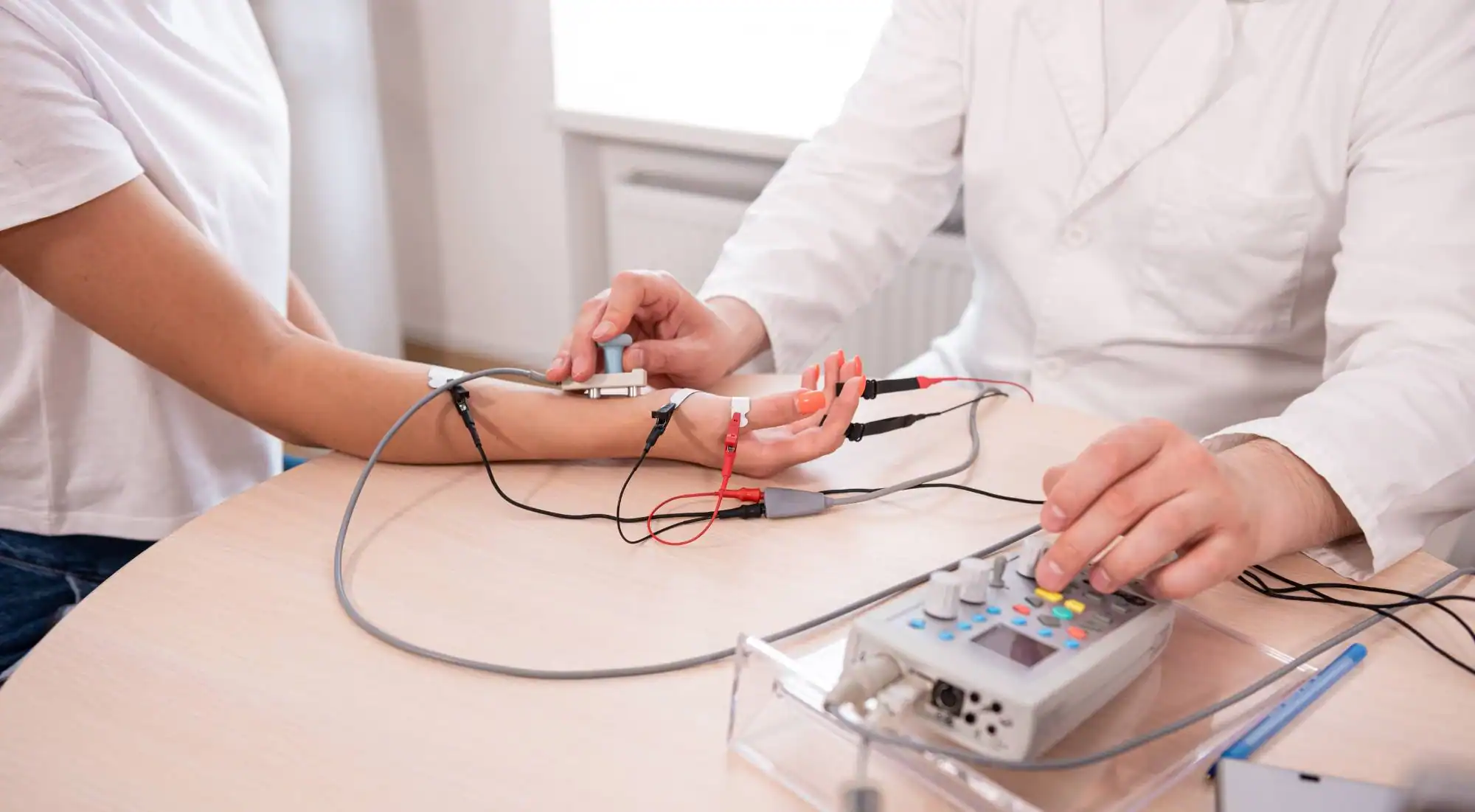
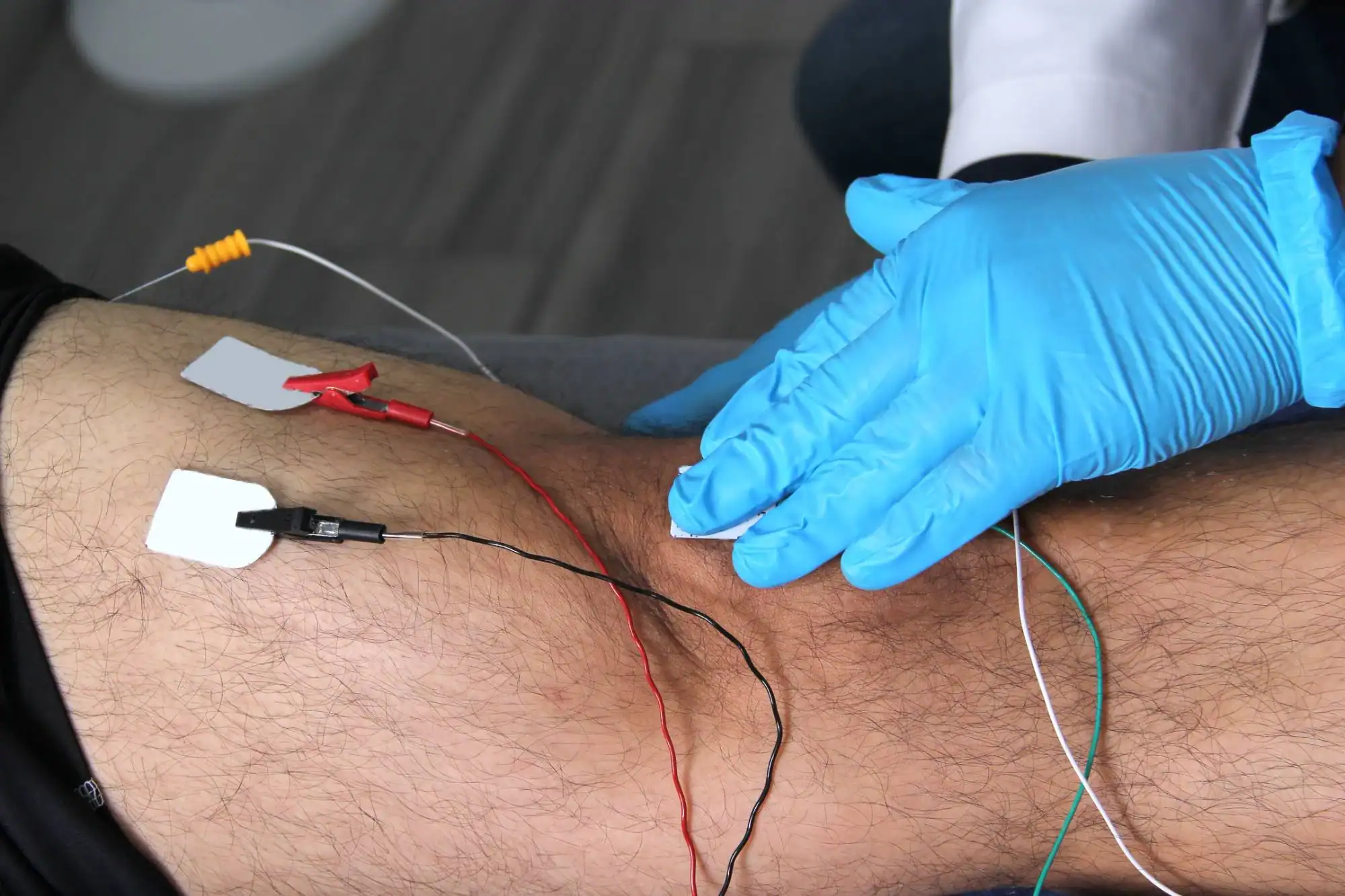
You’ve been dealing with unexplained symptoms long enough. That tingling in your hands, the weakness in your legs, the numbness that comes and goes – you need real answers, not more guessing.
EMG testing gives you those answers. This diagnostic test measures the electrical activity in your muscles and nerves, showing us exactly where the problem is and how severe it might be.
When you know what you’re dealing with, you can finally move forward with the right treatment. No more wondering if it’s serious. No more trying treatments that don’t address the real issue. Just clear, actionable information about your condition and what to do next.
We’ve been helping Upper Saddle River residents get accurate diagnoses for their nerve and muscle conditions for years. We understand that when you’re dealing with unexplained symptoms, you need more than just a test – you need someone who can interpret those results and explain what they mean for your specific situation.
We’ve performed thousands of EMG tests and nerve conduction studies. We know what to look for, how to make the process as comfortable as possible, and most importantly, how to give you clear answers about your condition.
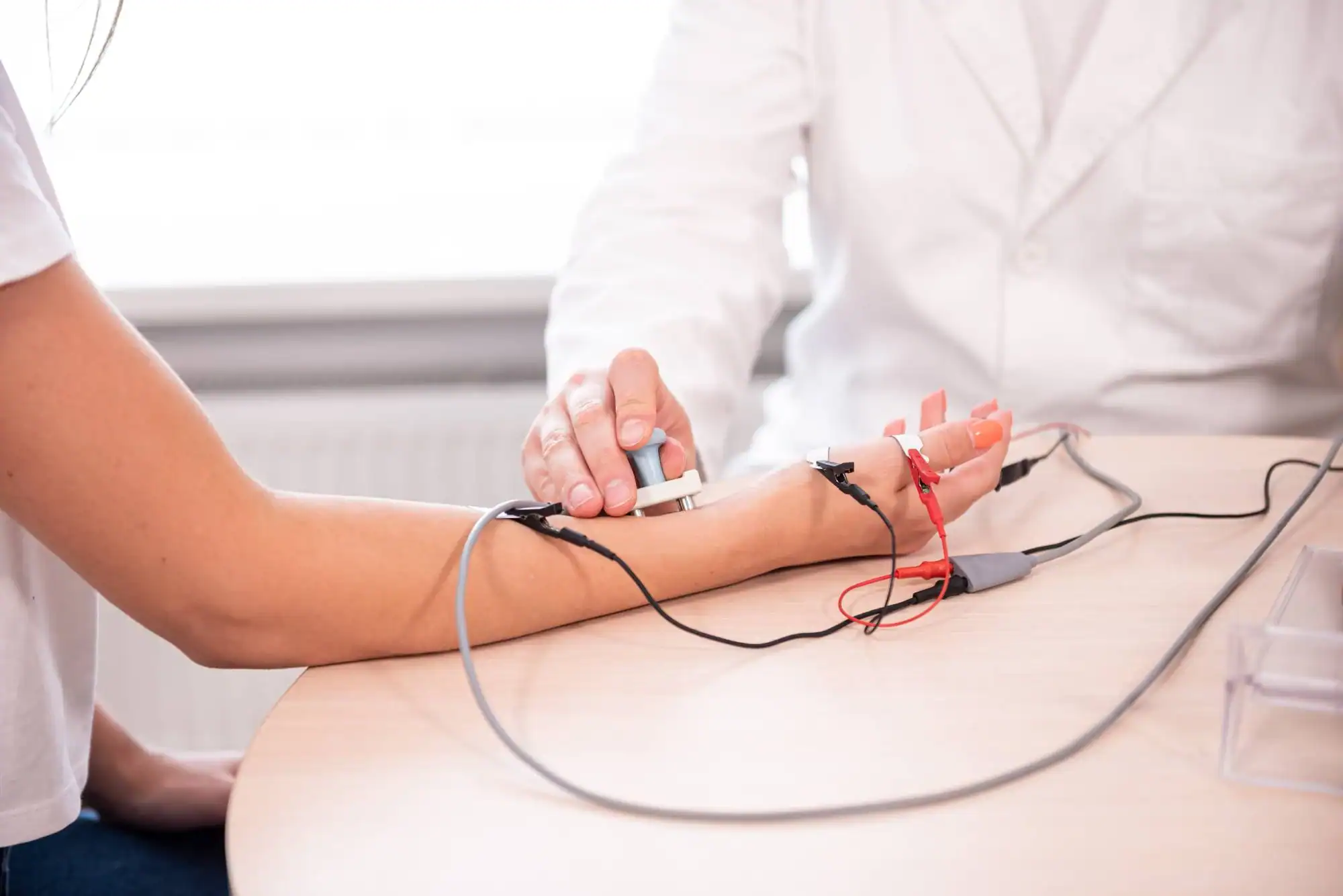
The EMG test happens in two parts. First, we do the nerve conduction study, where small electrical pulses are sent through your nerves to measure how well they’re working. You’ll feel a brief sensation, but it’s not painful – more like a quick tap.
Next comes the electromyography portion. A thin needle electrode is inserted into the muscle to measure electrical activity. We test the muscle at rest and when you contract it. This shows us if the problem is in the muscle itself or the nerves that control it.
The entire process usually takes 30 to 60 minutes, depending on how many areas we need to test. You’ll get your results the same day, along with a clear explanation of what we found and what it means for your treatment options.
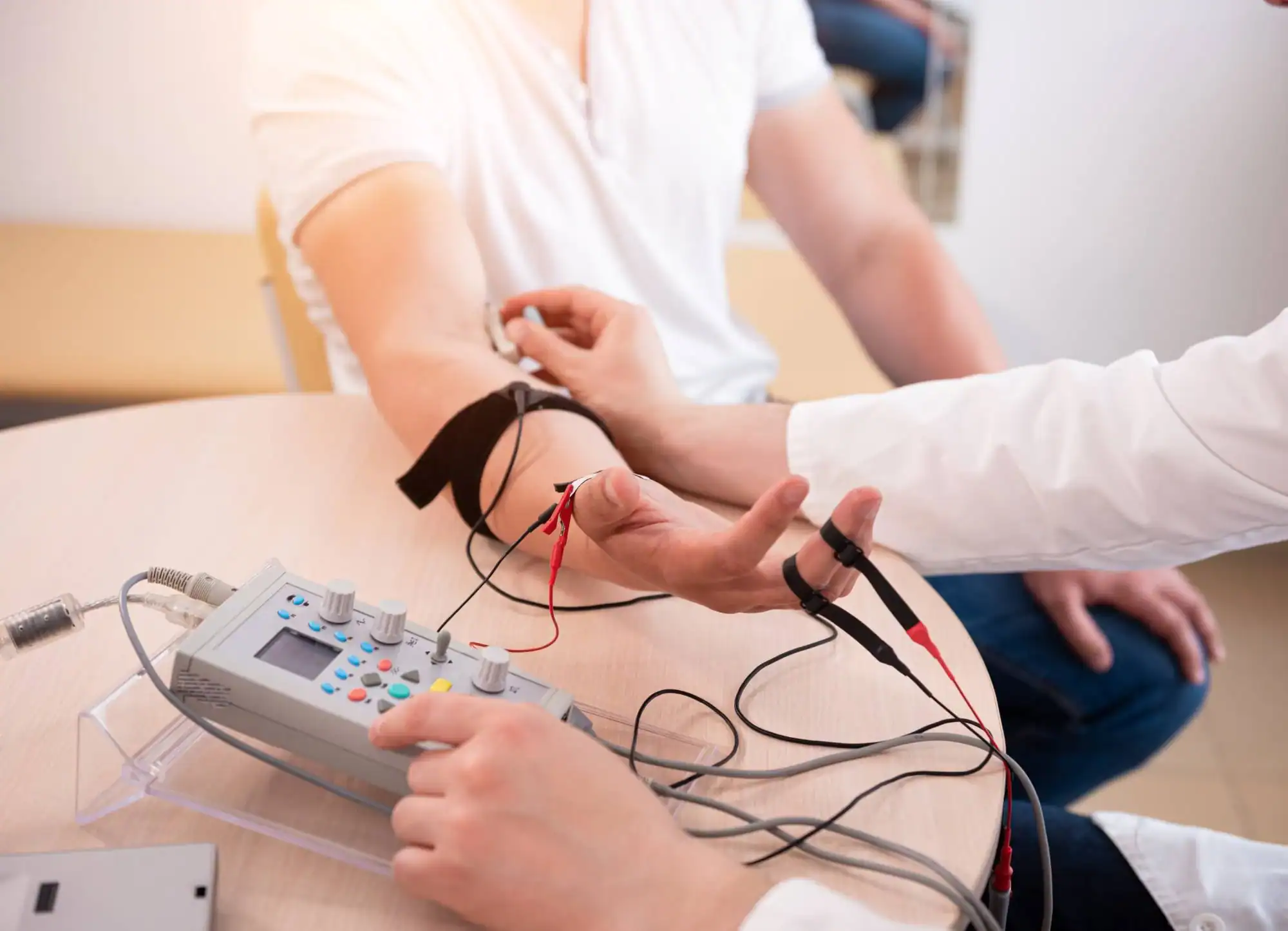
Ready to get started?
Our EMG testing covers the full spectrum of nerve and muscle disorders. We can diagnose carpal tunnel syndrome, sciatica, diabetic neuropathy, muscle diseases, and pinched nerves throughout your body.
You’ll receive both EMG and nerve conduction studies in one appointment. This comprehensive approach gives us the complete picture of what’s happening with your nerves and muscles. We test multiple areas if needed, so you don’t have to come back for additional testing.
After your test, we’ll coordinate with your referring physician to make sure everyone understands the results and can move forward with the most effective treatment plan for your specific condition.
